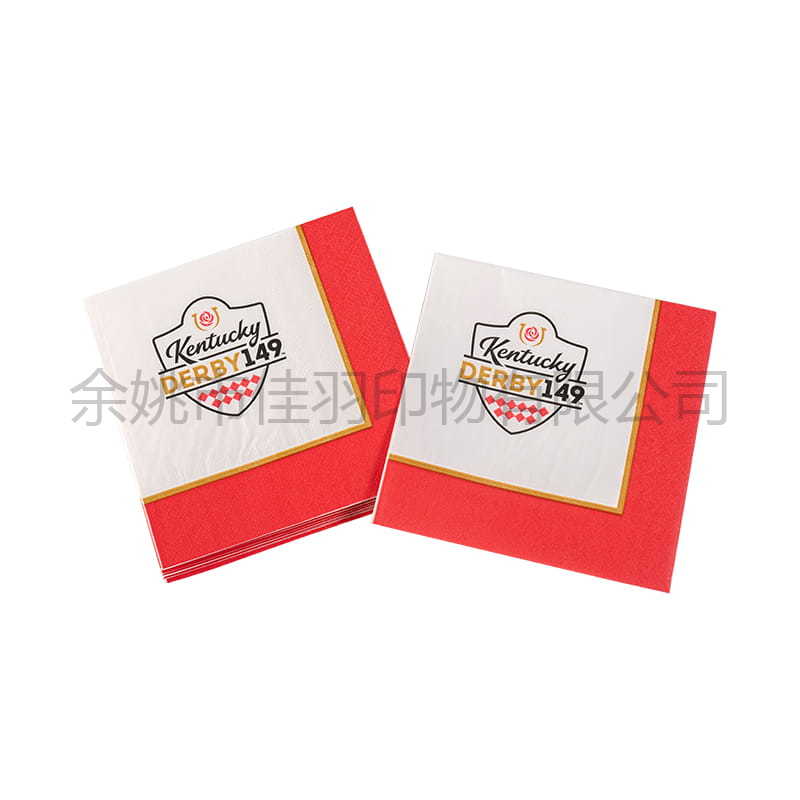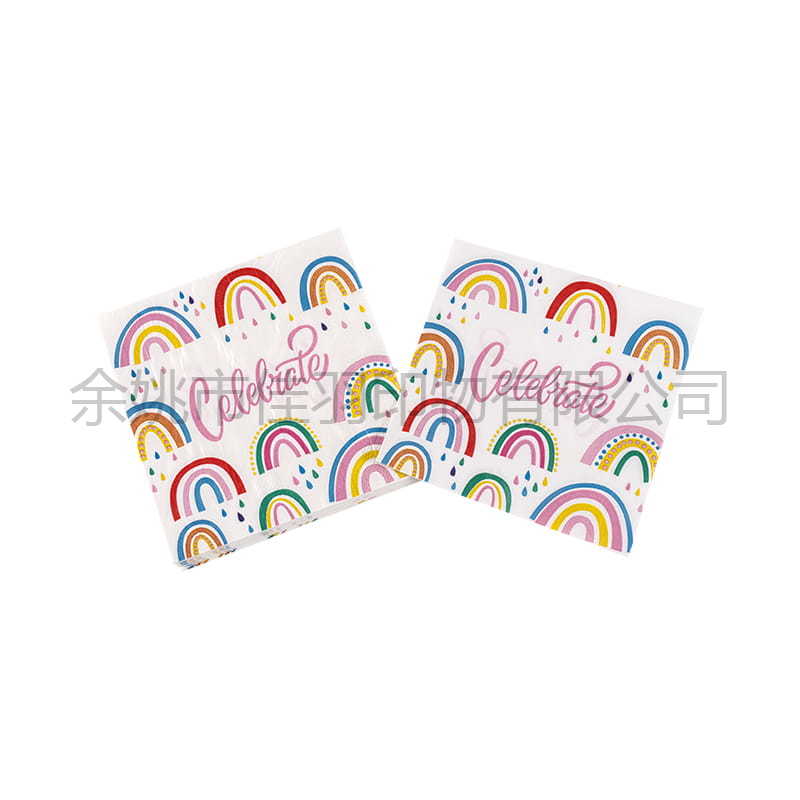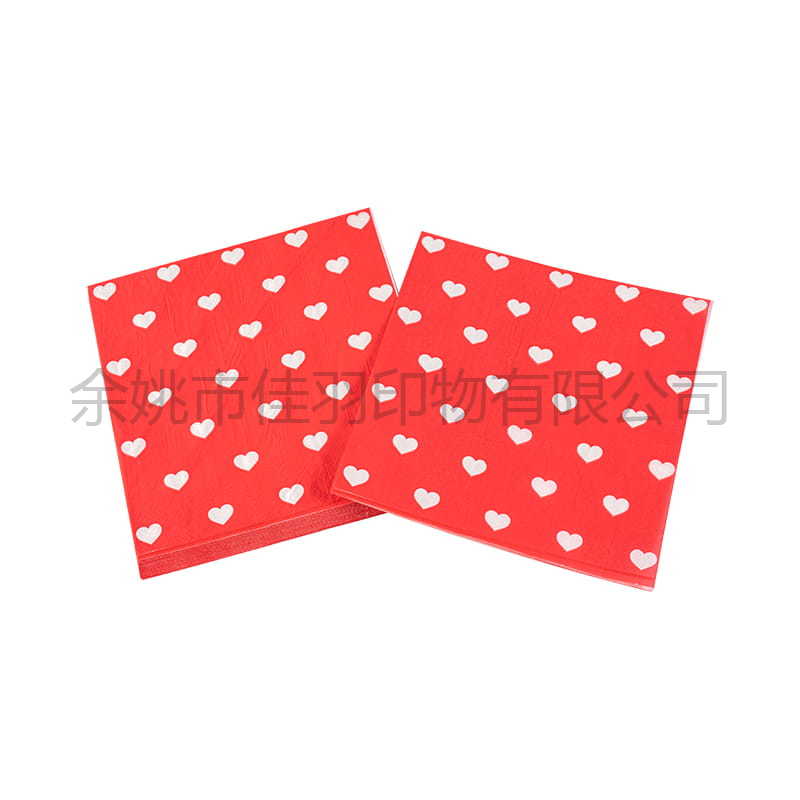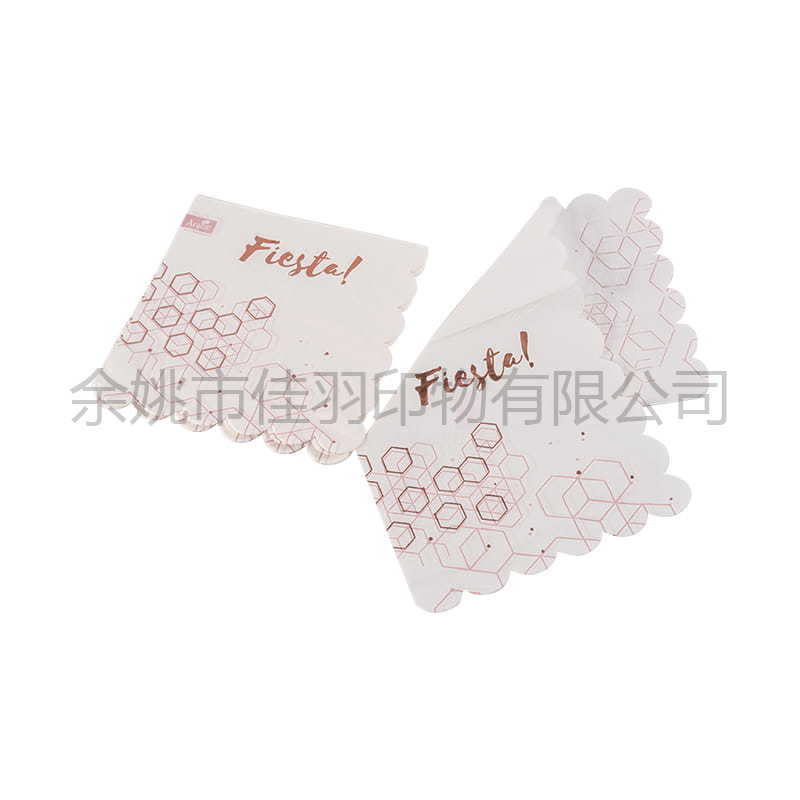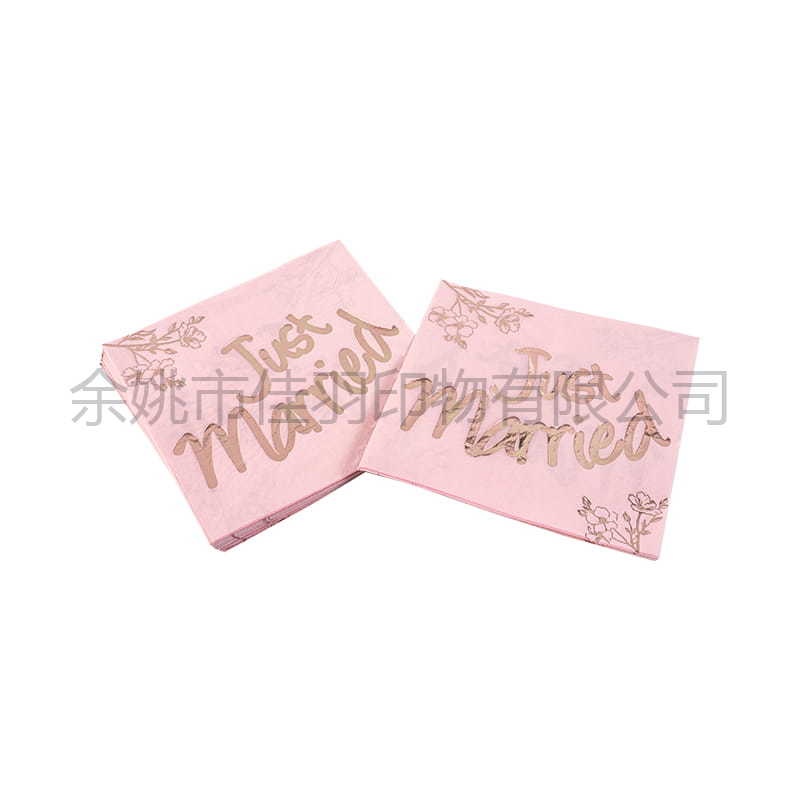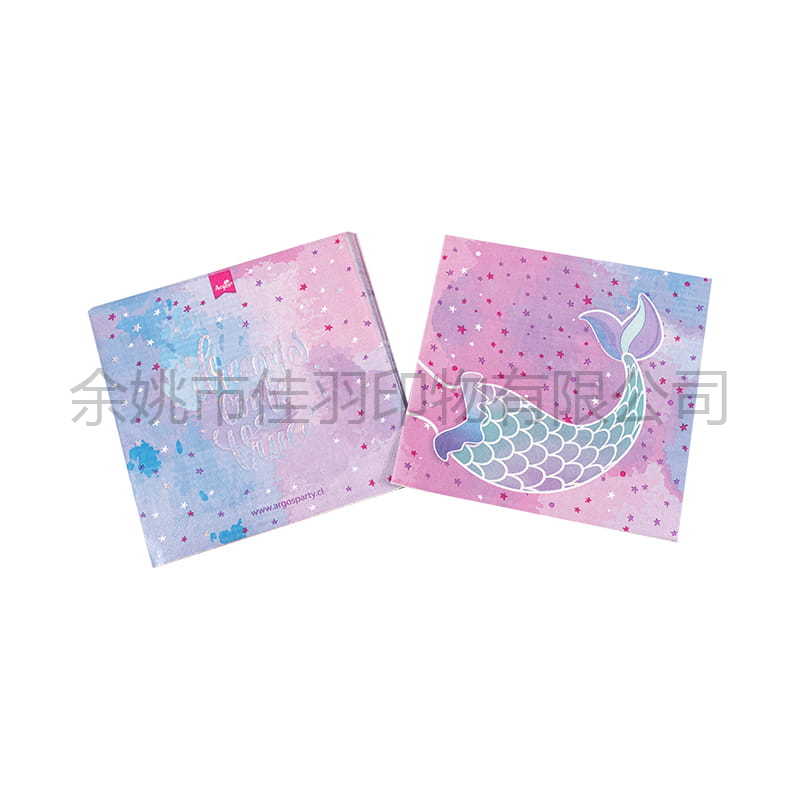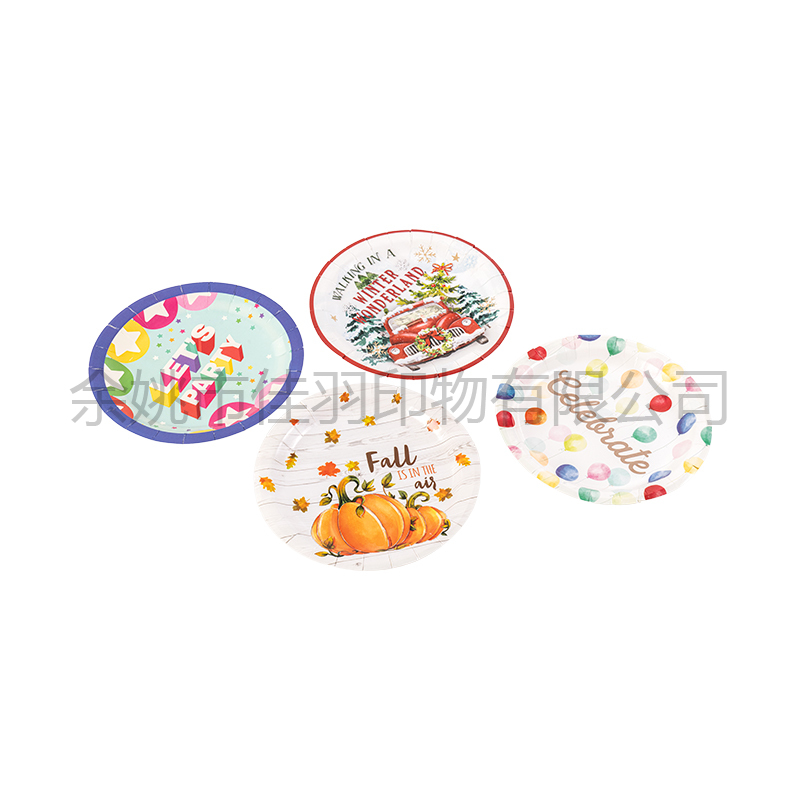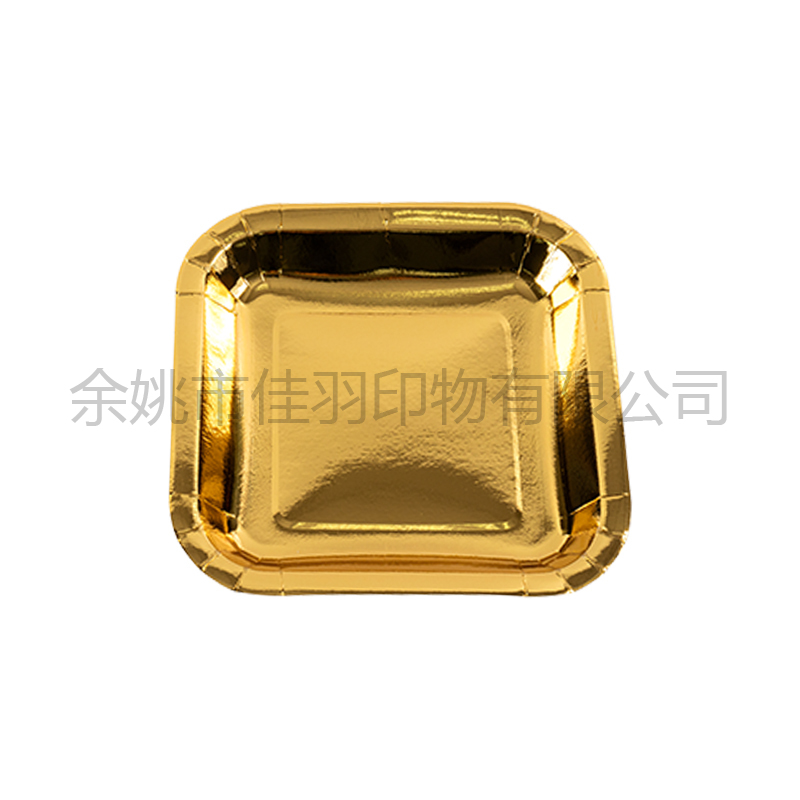With the fast pace of life, paper cups have become the preferred drinking vessel for many, especially in offices, outdoors, or temporary settings, due to their convenience. However, the debate about whether drinking from paper cups is healthy has never ceased.
Paper cups may seem simple, but they are actually products involving materials science. To ensure that paper cups do not leak, their inner walls are usually coated with a film. Understanding this coating is key to determining whether drinking from paper cups is healthy.
I. Two Main Coatings: Paraffin Wax and PE/PP
There are two main types of inner wall coatings for disposable paper cups on the market:
Wax-coated paper cups (mostly used for cold drinks):
These paper cups have a paraffin wax coating on their inner wall, which has a low melting point (usually not exceeding 60 degrees Celsius).
Health Risks: When filled with hot drinks, the paraffin wax easily melts, not only causing the paper cup to soften and leak, but also potentially releasing paraffin wax into the beverage. While reputable manufacturers use edible wax, products from small workshops may use non-edible wax, posing health risks with long-term consumption.
Polyethylene (PE) or Polypropylene (PP) Coated Cups (Mainstream Hot Beverage Choice):
These are currently the mainstream products on the market. The inner wall is covered with a thin layer of PE or PP plastic coating, providing good waterproofing and heat insulation.
Health Analysis: PE and PP, as food-grade plastics, are relatively safe under normal usage temperatures (including hot water) and have good alcohol resistance. However, recent studies indicate that using paper cups to hold hot beverages (such as hot water) may release microplastic particles. The short-term release amount can be considerable, and long-term effects on human health, especially on the internal organ development of infants, warrant attention.

II. Beware of Printing and Standards
Besides the inner wall coating, the external printing on paper cups is another significant safety hazard.
Ink Contamination: According to national standards, there should be no printing on the rim (within 15 mm of the cup body) and bottom (within 10 mm of the cup body) of paper cups. This is to prevent chemicals in the printing ink from entering the body during consumption.
Preferred Recommendation: To minimize risk, it is recommended to prioritize paper cup products with no printing or printing areas within safe limits.
"Avoiding Pitfalls" Guide: How to Use Paper Cups Safely?
To ensure your health when you must use paper cups, please follow these guidelines:
- Distinguish between hot and cold drinks: Never use cold drink cups (mostly wax-coated) for hot or cold drinks.
- Choose reputable brands: Look for the QS/SC food safety certification mark on the product packaging and choose reputable brands.
- Observe the appearance: Qualified paper cups feel firm and have no odor. Discard those that are overly soft or have a pungent smell.
- Shorten usage time: Paper cups are recommended for single use only. Avoid repeatedly filling them with beverages to reduce the risk of decomposition of the inner wall material.
When paper cups strictly comply with national standards, they are relatively safe as temporary drinking utensils. However, long-term or improper use (such as using a cold drink cup for hot water) poses potential health risks such as coating melting and microplastic release.
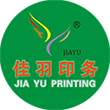
 English
English 中文简体
中文简体 Español
Español Deutsch
Deutsch

